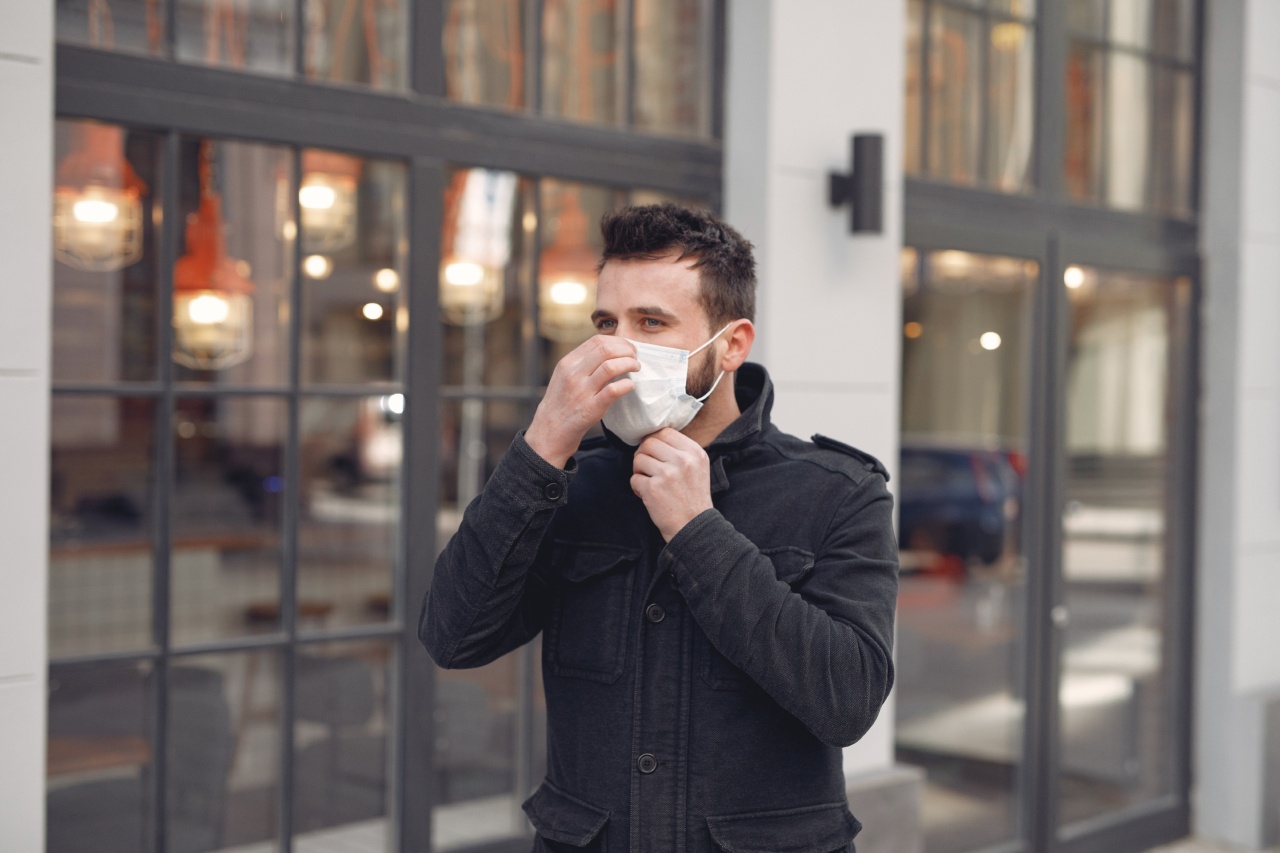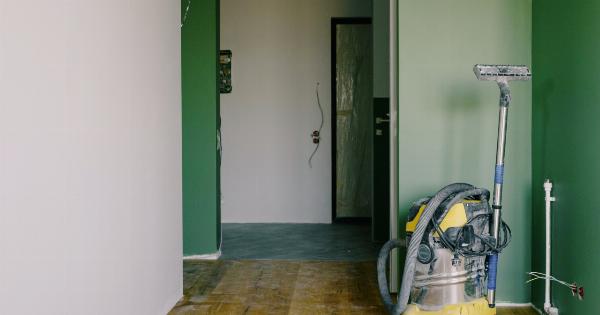Allergies and asthma can make life miserable for the people who suffer from these conditions. Whether the reaction is mild or severe, it can impact one’s quality of life.
To make matters worse, many environmental factors can trigger allergies and asthma attacks. One of the most important things that people can do to minimize their symptoms is to try to improve the quality of the air inside their homes. There are several steps that allergy and asthma sufferers can take to accomplish this goal.
Identify the Source of the Problem
The first step in improving indoor air quality is identifying what is causing the issue. Different allergens can trigger different reactions, and each requires a different approach.
For example, if dust is the primary problem, then vacuuming and dusting on a regular basis can help. If the source of the problem is pet dander, then keeping pets out of certain areas of the home and washing linens frequently can make a difference. Identifying the source of the problem is the first step in developing a plan for improving air quality.
Clean and Filter the Air
The next step is to start cleaning and filtering the air. There are several tools and techniques that can be used to accomplish this goal. One of the most common is using an air filter.
A good air filter can help to remove up to 99% of small particles from the air. HEPA filters are the best option for allergy and asthma sufferers as they can remove very small allergens like pet dander, pollen, and dust. Air purifiers can also be used to eliminate allergens from the air.
Reduce Humidity Levels
Mold and dust mites thrive in humid environments, so it is important to keep humidity levels in check. A dehumidifier is one of the best tools for reducing humidity levels.
Ideally, indoor humidity levels should be between 30% and 50%, so a hygrometer can be used to monitor the levels and adjust the settings as needed. In areas like bathrooms and basements, exhaust fans can be used to help circulate air and reduce humidity levels.
Remove Carpets and Rugs
Carpets and rugs can trap dust, pollen, and other allergens, which makes them a poor choice for allergy and asthma sufferers. Hardwood or tile floors are a better choice.
If removing carpet is not an option, then ensure the carpet is vacuumed frequently with a vacuum cleaner equipped with a HEPA filter.
Use Nontoxic Cleaning Products
Cleaning products can contain irritants and harsh chemicals that trigger allergies and asthma attacks. Consider switching to non-toxic cleaning products that are less likely to cause reactions.
For example, vinegar and baking soda can be used to clean most surfaces. Avoid using air fresheners, which also contain chemicals that can trigger reactions. Instead, try essential oil diffusers or natural odor eliminators like baking soda.
Keep Your Home Smoke-Free
Smoke from cigarettes, cigars, and even fireplaces can trigger allergies and asthma attacks. If you or someone else in your home smokes, consider quitting or moving outside to smoke. Fireplaces should be used sparingly and with proper ventilation.
Even wood-burning stoves can create smoke and should be used with caution.
Use Hypoallergenic Bedding
Bedding can harbor dust mites and other allergens that trigger allergies and asthma. Hypoallergenic bedding is designed to reduce allergens and can be an effective way to reduce symptoms.
Consider using pillow and mattress protectors, which can help prevent dust mites from entering the bedding. Launder bedding frequently in hot water to kill any mites that may have taken up residence.
Regularly Replace Air Filters
Replacing air filters is an essential part of air quality maintenance. Filters should be replaced every three months for optimum performance. In homes with pets or smokers, filters may need to be replaced more frequently.
If the filter looks dirty before the three-month mark, it may need to be changed sooner.
Seal Up Cracks and Drafts
Small cracks and gaps around windows, doors, and walls can allow allergens to enter the home. Sealing these up can significantly reduce the number of allergens that enter your home. Additionally, it can save energy and reduce heating and cooling costs.
Get a Professional Inspection and Cleaning
If you have tried everything and still cannot seem to improve the air quality in your home, it may be time to call in the professionals. An HVAC contractor can inspect your system to ensure that it is running efficiently and effectively.
Additionally, a professional duct cleaning can eliminate allergens that have accumulated in your air ducts.






























